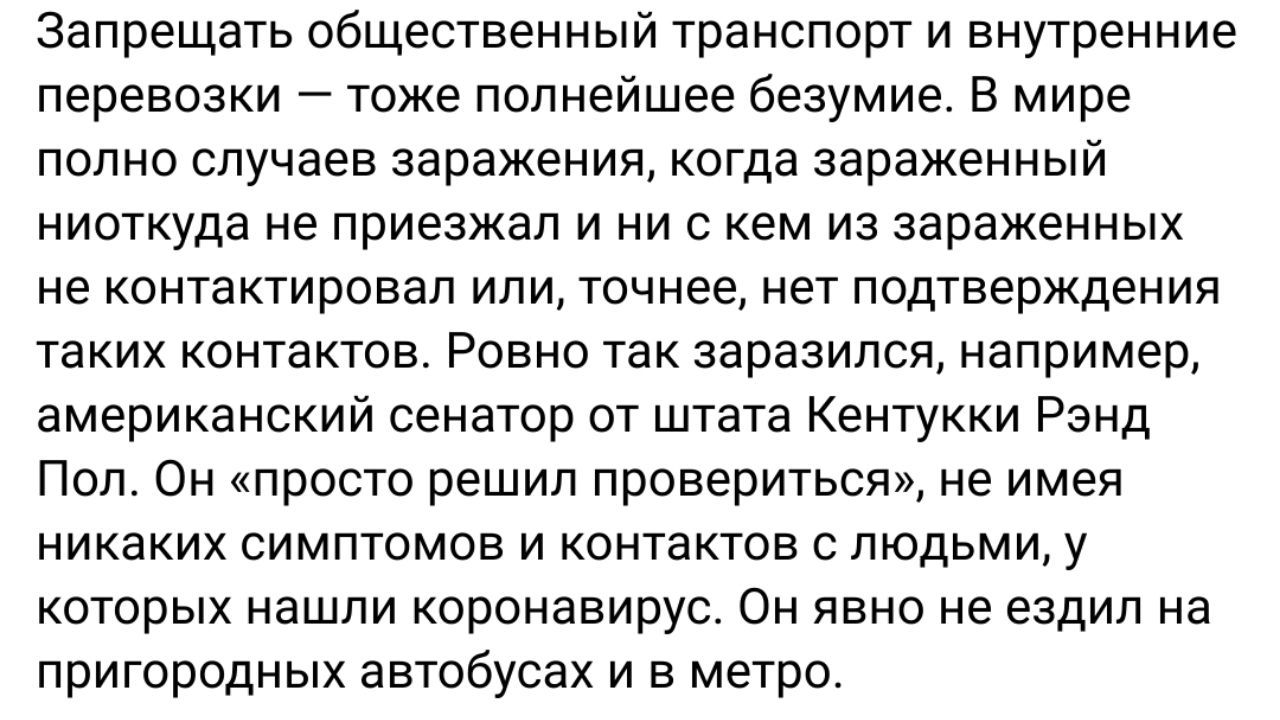A
There was a shortage of gravediggers and no more available spaces in church graveyards, so shallow graves were dug, and some were buried on top of other graves, and later corpses were left in abandoned houses.
Aleqa Kinfe reported that “nobody bothered to bury the dead by the roadside, they simply walked by”. There was a story of a man who dug a grave and when he came back it had already been used by someone else.
There were also acts of kindness, when a mother who came with a dead child was helped to bury her child by others who had come to bury their relatives. There was no weeping and mourning. Some of the dead were thrown in ditches or streams leading to concerns about water and air pollution, as noted later by the British Minister Wilfred Thesiger who postponed returning from leave until the epidemic was over. Aleqa Kinfe recalled that “dogs and vultures ate corpses by day and hyenas by night”.
Food became scarce and prohibitively expensive as peasants feared coming to the town. Shops were closed, pharmacies had no supplies, police and courts stopped functioning, and postal and telegraphic services were suspended. The capital was deserted, apart from funerals by day and thieves by night.
Many people shut themselves in their homes and refused to receive visitors and entry to the palace Gebbi, was forbidden. Others fled the capital including the Egyptian Abuna Matewos, Ras Kassa Hailu, the Regent’s cousin, and Kantiba Wesene ZeAmanuel, who was summoned back to restore order but later succumbed and died. There were also rumours that Empress Zewditu was about to move to Ankober.
There were also signs of solidarity as people were said to be reconciled with enemies without the need for intermediaries. One night in Hidar there was a lot of shooting said to be to dispel the evil spirits. After the climax about the time of Hidar Mikael, the epidemic miraculously burnt itself out very rapidly by the end of the month, and Aleqa Kinfe recorded that it was widely believed that this was due to the intervention of Our Lady Mary. That year in many areas peasants who had been unable to produce food were exempted from paying taxes. Soon after the epidemic became known as “YeHidar Beshita” the disease of the month of Hidar.
The practice of burning rubbish originated as a measure to counter the risks from the epidemic and became an annual tradition on the Day of St Michael in the month of Hidar. The practice has been observed assiduously ever since for no less than one hundred years. This is a testimony to the power of tradition, anchored within the Ethiopian Orthodox Calendar, and demonstrating the ability of local communities to adhere to this commemoration of this devastating epidemic for a full century"."







